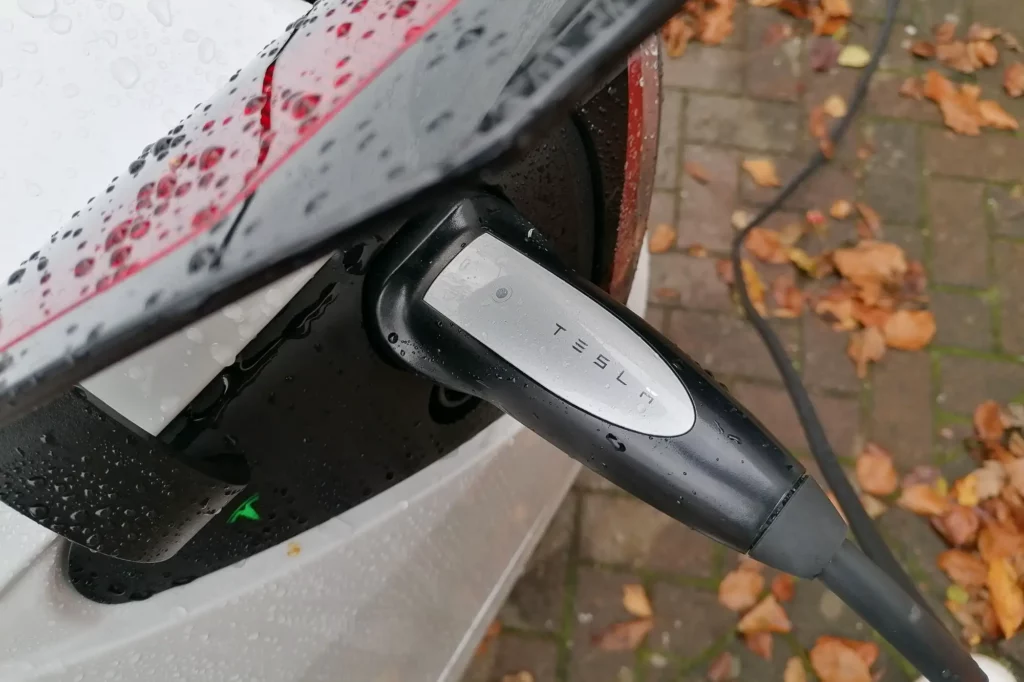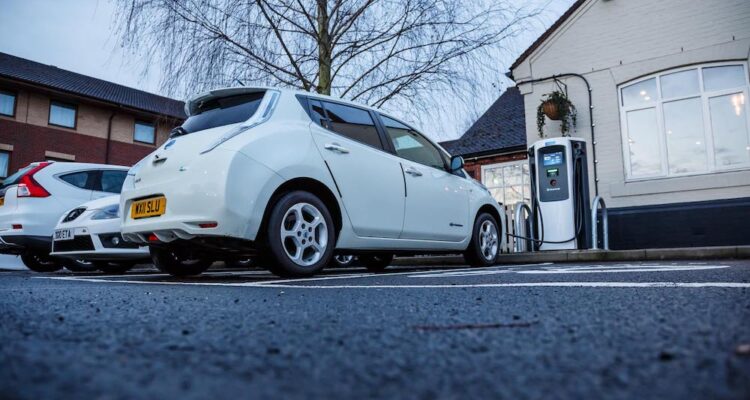With more and more electric vehicles hitting public roads, it’s increasingly important for first-time electric vehicle owners to learn how to operate their cars.
One critical section that new owners should wrap their heads around is EV charging, specifically, home charging.
A great perk about owning an EV is the ability to charge its battery to full at home. You don’t need to go to a service station and fuel up as is the case for ICE vehicles.
If you have a home charging system, then you can get your EV’s range back to full from the comfort of your own home.
That said, if you’ve just recently secured your EV, you’re probably wrangling your head about all there is to know about the vehicle—particularly, how to set up a home charging system in the first place.
If you’re stuck in that step, then this article is for you! We’ll guide you through everything you need to know about home charging your electric vehicle, from setting it up to maintaining it for enhanced durability.
Let’s jump straight into it.
Benefits of Owning a Home Charging System
While you can technically get away with using paid, public charging ports, especially if you live in a city with a vast charging network, there’s a big incentive in owning one at your own home and having the freedom to charge your EV whenever necessary.
Here are some of the benefits of owning an EV home charging system:
- Convenience: You don’t have to drive miles to your nearest charging port and loiter for a few minutes before you return home. You may even have to wait a bit for a plug to open up. Conversely, with an EV charger at home, you’ll have guaranteed access to a plug and have your car at 100% the moment you step out of your garage.
- Pairs well with solar energy: Public charging ports typically run on an electricity grid, which can lead to emissions. If you want to keep up a sustainable lifestyle, you can configure your charging port to be powered with solar energy, thereby reducing your carbon footprint.
- Charge during off-peak hours: Most people charge their vehicle overnight when they’re asleep, which can help maximise charging time during off-peak hours. This can save you on electricity costs.
- Range accuracy: Since you’re no longer driving back and forth from a charging port, you can start your drives at 100% confidence.
- Improves home value: Your home’s value will increase considering that you’ve installed EV-supported infrastructure in it. You can benefit from this when you decide to liquidate your home.
- Time freedom: You can maximise your daily hours since you no longer have to wait and lounge in an area to charge your vehicle.
Types of Home Charging System
You can install three different types of charging stations in your garage. They differ based on power output, and naturally, faster-charging systems cost more than slower ones.
Here are the types of home charging systems you’ll likely come across when shopping around for them:
- Level 1 Charger: This is a 120-volt standard wall outlet that comes with every EV. This type of charger is ideal for weekend charging and driving around short distances. It can take up to 36 hours for the EV to charge fully. It’s also ideal for hybrid vehicles.
- Level 2 Charger: This charging type is a 240-volt standard wall outlet. These are fairly common among homeowners and can also be found in public charging ports. This charger will add 30 miles/hour to an electric vehicle’s range—which is perfectly acceptable for overnight charging for most types of EVs.
- Level 3 Charger: This charging type is the fastest and most expensive. It can take less than 30 minutes for a car to charge using this outlet fully. Its hefty price point makes it impractical for standard electric car owners. Level 3 chargers are usually found in public spaces like highway stops, shopping malls, and car dealership areas.

How Much Does it Cost to Set Up An EV Home Charging Station?
The cost of setting up an EV home charging station depends on the charger level you opt for. It also depends if you’re installing an AC or DC charger.
An AC charger supplies power to the EV’s onboard charger. It converts AC electricity to DC, which is then stored in the car’s battery.
Conversely, a DC charger supplies power directly to the battery, making it quicker. These chargers charge in under 30 minutes from 0 to 100%.
An overwhelmingly large percentage of the time, homeowners install AC chargers since they’re both cost-effective and fast enough to do the job.
Level 1 chargers are the default option as it comes with minimal fees. It may cost anywhere between $300 to $600, depending on labour, cabling, and trenching costs.
Level 2 chargers go for higher, ranging from $750 to $2,500. They charge the car up to nine times faster than a level 1 charger, making it a more valuable option. This charger type is also sufficient for most EV owners.
If you already have the infrastructure, labour costs will typically range between $200 to $400.
Level 3 chargers are the most expensive, ranging from $40,000 and $100,000 plus an additional $15,000 to $60,000 installation fee. The charging speeds for this charger type are blazingly fast, but it’s quite impractical for home settings.
Furthermore, level 3 chargers will need an upgraded power grid to accommodate its 480-volt transformer. If your house doesn’t have that much power supplied, then you’ll likely meet the upper range of these costs.
Should I Install EV Home Charging DIY?
If you don’t hold at least a moderate amount of electrical safety knowledge, or if you don’t have the tools or permits to do so, we highly urge you to go through the proper channel by hiring an electrician or contractor to do the job for you.
This will ensure that the job is done correctly, granting you peace of mind and a working setup from the outset. This task is complex and the installation process can differ from home to home depending on variables like electricity output, present circuitry, and your home’s overall structure.
That said, if you do hold some electrical knowledge, then consider the following steps when undergoing an EV home charging setup installation.
-
- Pick Your EV Charger: Level 2 is usually the best option.
- Get Permits: This is not only if you’re working in a building complex, but it’s also for homeowners. Get one from a local permitting office.
- Prepare Your Garage: Clear it out, target a place accessible by both the plug and EV cords, and ensure WiFi can reach the designated spot.
- Install Circuit Breaker and Outlet: Ensure they’re compatible, like 240 V and 240 V.
- Attach A Mountain Bracket to The Wall: Use a stud to keep it mounted.
- Turn on the Panel: Switch on the double circuit breakers on the electric service panel when you need to charge.
And done! If you need assistance in any step of the way, be sure to contact an electrician and licensed professional to ensure you’re doing the right thing.
EV Home Charging Financing Options
EV owners don’t have to shoulder the full cost of home charger installation. There are multiple financing options that can help keep costs low. Some of these financing options include:
- Government grants: Countries like the UK, Australia, and the US, offer grants and tax rebates to reduce the total consumer spend for personal EV charger installation. Be sure to check with local state grants and review the terms to determine your eligibility.
- Insurance benefits: If your EV or EV charger has sustained damages, an electric vehicle insurance policyholder can lodge a claim and can shoulder the cost in a partial amount or in full depending on the eligibility.
- Loans: Government and financial institutions may provide low-interest loans and tax incentives to encourage locals to switch to green technology. This move can help reduce environmental pressure while simultaneously helping local EV owners retain their capital.






